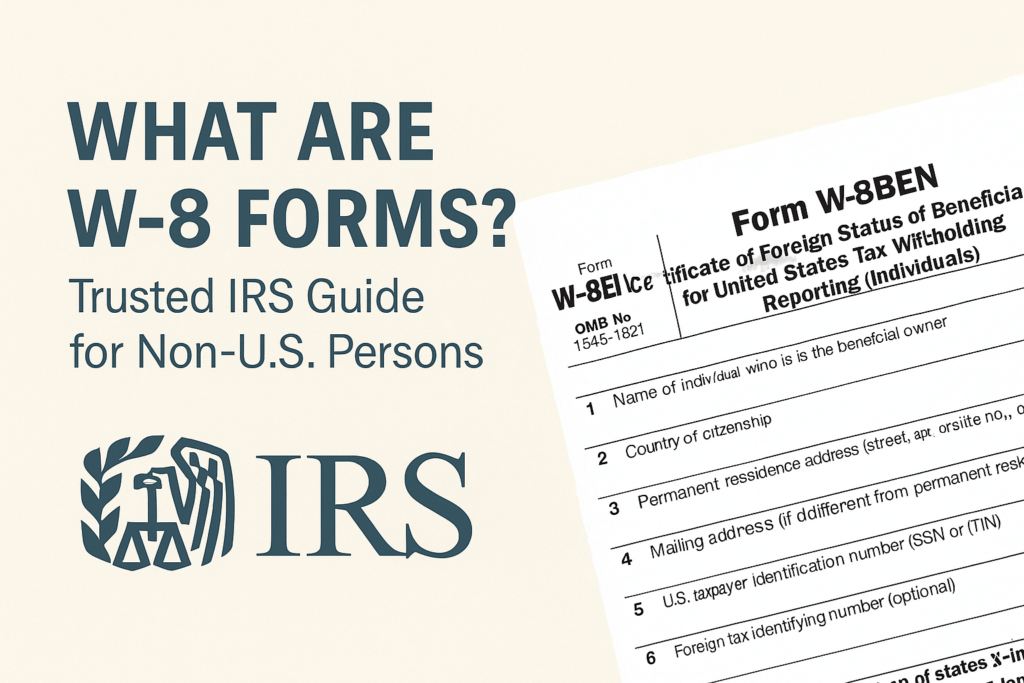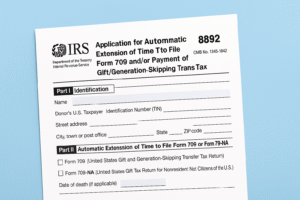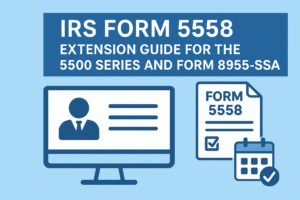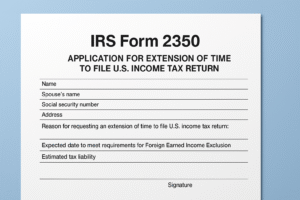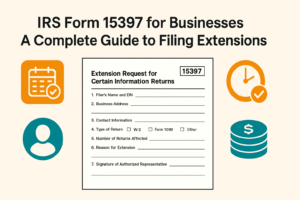W-8 forms are a series of IRS documents used by non-U.S. individuals and foreign entities to certify their foreign status and claim exemption from certain U.S. tax withholding. These forms are vital for anyone outside the United States earning income from U.S. sources—such as interest, dividends, royalties, or service fees.
Essentially, the W-8 form tells the IRS:
I am not a U.S. taxpayer, and based on the U.S. tax rules or treaty agreements, here’s how much tax should or shouldn’t be withheld from my payments.
There are different types of W-8 forms, each for a specific type of filer or situation. Completing the correct version helps avoid unnecessary tax withholding and ensures IRS compliance.
Who Can File W-8 Forms?
The W-8 forms are exclusively for nonresident aliens, foreign individuals, foreign businesses, and other non-U.S. entities. U.S. persons—whether citizens, green card holders, or resident aliens—must not use a W-8 form. Instead, they use Form W-9.
Examples of who would file a W-8:
- A non-U.S. freelancer providing services to a U.S. client.
- A foreign company receiving royalties from U.S. intellectual property.
- A nonresident investor earning dividends from U.S. stocks.
- A bank or intermediary representing foreign account holders.
For more details on U.S. business requirements, you can also read How to Start a Business in New York.
Variants of W-8 Forms
There are five main types of W-8 forms, each with a specific purpose. Choosing the correct form is essential.
1. Form W-8BEN – For Individuals
Used by nonresident individuals to:
- Certify foreign status
- Claim tax treaty benefits to reduce withholding
Example: A software developer in India earning royalties from a U.S. publisher would use W-8BEN.
2. Form W-8BEN-E – For Entities
Used by foreign corporations, partnerships, trusts, or organizations to:
- Certify foreign status
- Claim treaty benefits
- Report entity classification (for FATCA compliance)
Example: A German publishing company earning royalties from a U.S. firm uses W-8BEN-E.
3. Form W-8ECI – Effectively Connected Income
Used when the income received is effectively connected with a U.S. trade or business (ECI). No withholding is applied, but income must be reported on a U.S. tax return.
Example: A foreign partner in a U.S. real estate business with U.S. income files W-8ECI.
4. Form W-8EXP – For Exempt Entities
Filed by foreign tax-exempt organizations like:
- Foreign governments
- International organizations
- Foreign central banks
Example: A foreign government investment fund investing in U.S. bonds files W-8EXP.
5. Form W-8IMY – For Intermediaries
Used by:
- Foreign partnerships
- Simple or grantor trusts
- Qualified intermediaries
This form typically comes with attached documentation about the underlying account holders.
Example: A Swiss bank receiving dividends on behalf of its non-U.S. clients submits W-8IMY with account breakdowns.
How to Complete W-8 Forms
Each W-8 form includes instructions, but here’s a general overview for Form W-8BEN (most common for individuals):
Step-by-Step Guide:
- Enter Your Name and Country — Must match your legal identity and citizenship.
- Enter Address Details — Use your permanent address in your home country.
- Provide U.S. and Foreign Tax Identification Numbers (TINs) — Foreign TIN is mandatory in most cases; U.S. TIN (ITIN or EIN) may be required if claiming treaty benefits.
- Claim Tax Treaty Benefits (if applicable) — Enter the article number from the U.S. tax treaty and specify the reduced withholding rate (e.g., 10% instead of 30%).
- Sign and Certify the Form — Must be signed and dated by the individual or authorized party. Unsigned forms are invalid.
Quick Tip: Never submit the W-8 form to the IRS unless specifically required. Usually, you give it directly to the U.S. company or financial institution requesting it.
For related compliance details, see our guide on IRS Form W-9.
W-8 vs. W-9 Forms
| Feature | W-8 Forms | W-9 Form |
| Used By | Non-U.S. persons/entities | U.S. persons/entities |
| Purpose | Certify foreign status, claim treaty | Provide TIN, certify U.S. status |
| Withholding | May reduce or exempt from tax | Used to apply backup withholding |
| Submitted To | Payer or withholding agent | Payer or withholding agent |
| IRS Filing | Not sent to IRS unless requested | Not sent to IRS unless requested |
Remember: If you’re a non-U.S. person using W-9, you’re doing it wrong. If you’re a U.S. person using W-8, that’s incorrect too.
Which Countries Have an Income Tax Treaty with the U.S.?
The U.S. has tax treaties with over 60 countries, which may reduce or eliminate U.S. tax withholding for foreign individuals and entities.
Some treaty countries include:
- United Kingdom
- Canada
- India
- Germany
- France
- Australia
- Japan
- South Korea
Always check IRS Publication 901 to verify if a treaty benefit is available for your country and income type.
What Is the W-8 Form Validity Period?
Generally, a W-8 form remains valid for the year it is signed plus the next three full calendar years, unless your circumstances change.
Example:
If you sign a W-8BEN on July 16, 2025, it is valid until December 31, 2028.
However, if your circumstances change—like becoming a U.S. resident or switching entities—you must submit a new form immediately.
When Is the Form Not Required?
You generally do not need to file a W-8 if:
- You are a U.S. citizen or resident alien.
- The income isn’t sourced from the U.S. (e.g., you’re not doing business with a U.S. entity).
- You’re paid less than $600 and no withholding is required.
- You’re involved in a transaction not subject to U.S. withholding tax.
However, many payers still request a W-8 for FATCA recordkeeping and due diligence.
Final Thoughts
Understanding and filing the right W-8 form helps non-U.S. individuals and entities avoid unnecessary U.S. tax withholding. Whether you’re a freelancer in the Philippines, a company in Ireland, or an investor in Canada, choosing the correct W-8 form is essential for compliance and tax efficiency.
If you’re unsure which form applies to your situation, it’s always wise to consult a tax professional or international tax advisor.

